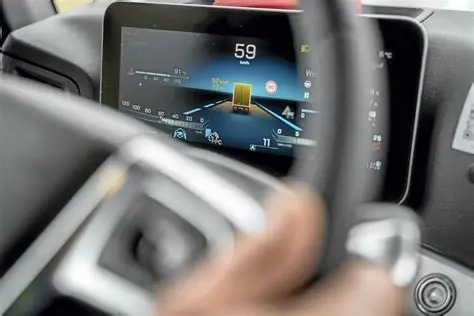The main cause of the future fuel price increase, widely reported, is the extension of the EU Emissions Trading System (ETS) to road transport and buildings, scheduled to come into effect in January 2027.
This system will require fuel distributors, such as energy companies and gas stations, to purchase allowances for the greenhouse gas emissions generated by their products.
This additional cost will be directly passed on to the final price of diesel and gasoline, functioning similarly to a new fuel tax.
Given this, Spanish press outlets have been covering the impact this will have on fuel prices at gas stations in recent hours.
The Spanish Confederation of Freight Transport (CETM) has estimated that the new system will mean an extra cost of between 25 and 45 cents per liter of fuel for carriers.
Other sources indicate that some distribution companies are somewhat more conservative but still foresee a significant increase in a range of 15 to 25 cents per liter.
Furthermore, the Bank of Spain has identified this measure as the main factor anticipating a strong rebound in the CPI in 2027, projecting it will rise from 1.7% to 2.4% as a result.
Let us pause for a moment to define the CPI, which is the Consumer Price Index (also known as the inflation rate). It measures the change in the overall price level of the goods and services that people typically consume in a country over a period of time, usually a month.
In short, it is an indicator of the cost of living and shows whether life is becoming more or less expensive for citizens. A rise in the CPI means that with the same salary, you can buy less.
Experts point out that in this scenario, this increase in fuel prices for professional freight transport is particularly worrying for several critical reasons.
They add that it is a “brutal” impact on costs. In this context, the president of the CETM, Carmelo González, describes it as such for a sector that operates on very narrow profit margins, adding that, unable to absorb this increase, they will have no choice but to pass the increase on to their rates.
Others mention that, unlike the hydrocarbon tax which allows professionals to claim a discount for professional diesel, with the new emissions allowance system, this compensation will not exist or will be very limited. This represents an additional financial burden without the compensatory relief they were accustomed to.
There is talk of a domino effect on the economy, given that in Spain nearly 95% of goods are moved by road. The increase in transport costs will spread to the rest of the economy, making a wide range of products and services more expensive.
Sources indicate that the sector views this measure not in isolation but from a broader perspective, as it is a declared objective and official purpose of the European Union to rationalize the consumption of fossil fuels and lead companies to accelerate the decarbonization of transport by making the business more expensive.
Affected sectors, such as transport, express a “certain frustration” over what they perceive as a “weak defense” of Spain’s interests in European negotiations. Consequently, they expect the Government to negotiate aid or compensations to help cushion the economic blow.
In parallel, the Spanish media recall the approval of the Euro 7 regulation, which will come into force for trucks in 2029. This standard, which introduces limits on emissions from brakes and tires and sets durability requirements for electric vehicle batteries, will pose another technological and financial challenge for carriers.
In summary, the picture offered by the Spanish media is that of a transport sector facing a perfect storm of rising costs driven by environmental regulation. While the EU seeks to accelerate the green transition, freight carriers are preparing for decisive years that will demand adaptation, investment and, very likely, a general adjustment of transport rates that will ultimately affect everyone’s pockets.
Have any thoughts?
Share your reaction or leave a quick response — we’d love to hear what you think!





